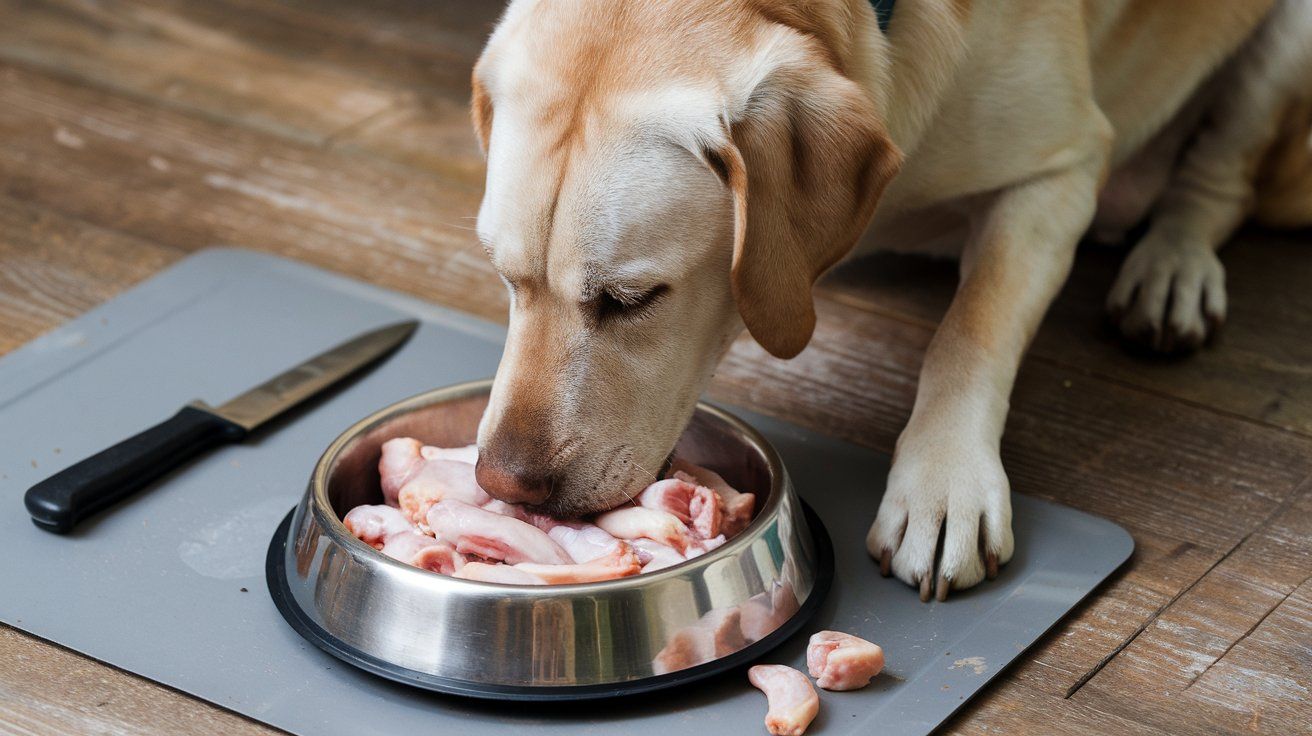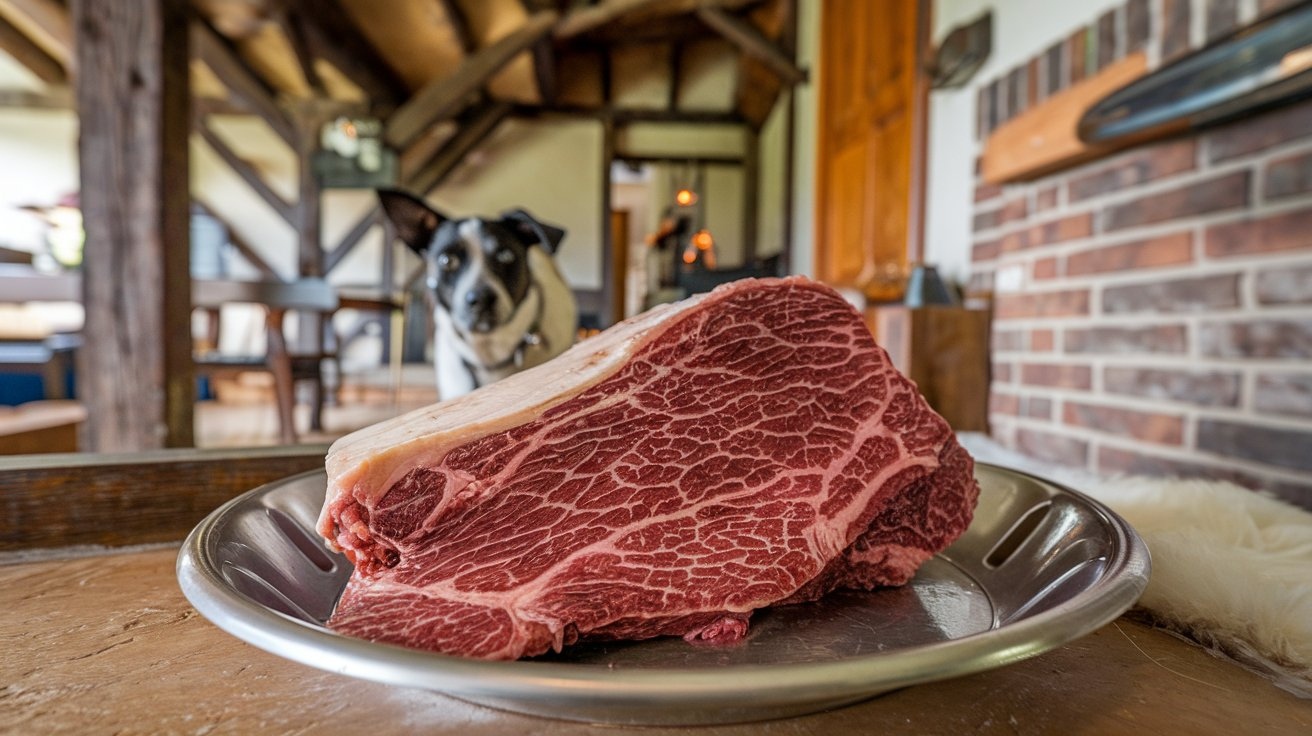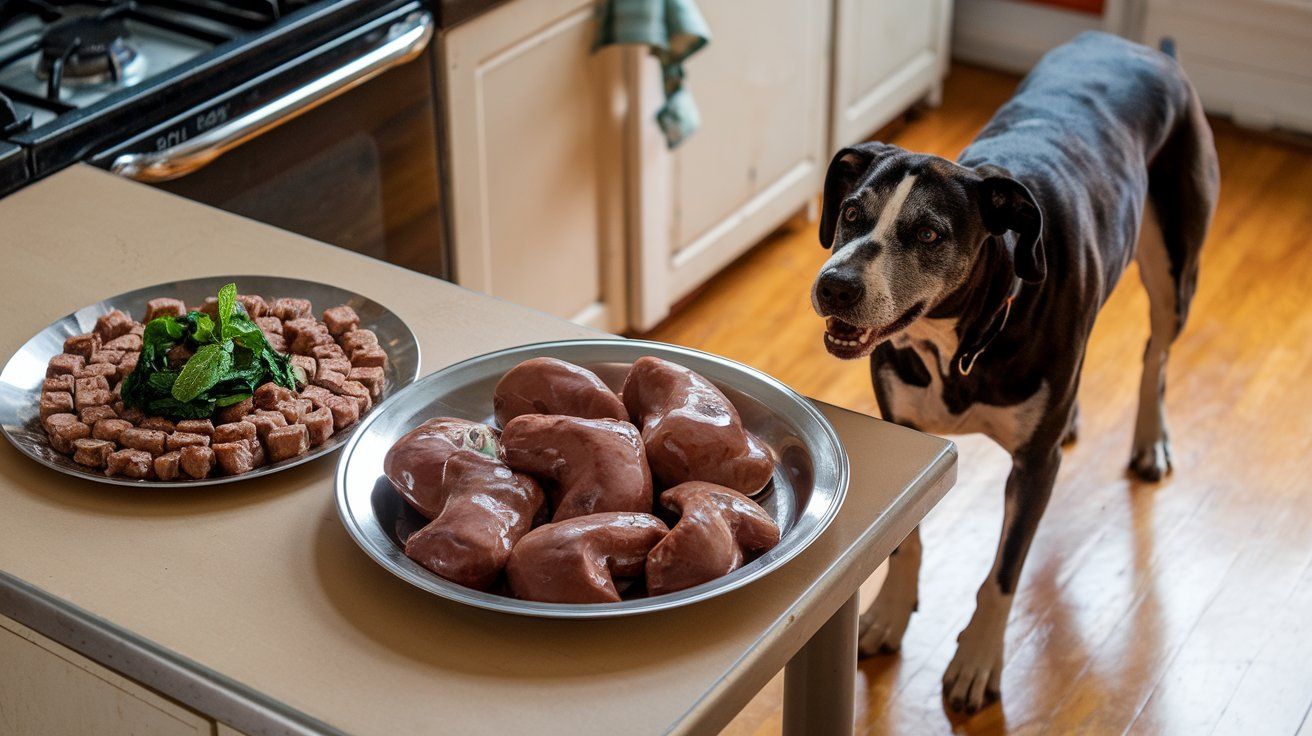Yes, dogs can eat chicken necks if they are raw and carefully prepared. This nutritious treat provides high protein and essential minerals like calcium, supporting your dog’s bone health and joint function. However, there are risks, such as choking and potential bacterial infection.

Can Dogs Eat Chicken Necks and Its Importance
Chicken necks are a part of poultry often overlooked in human cuisine but can be a valuable treat or dietary supplement for dogs. These parts include the bone, meat, and skin rolled into one, providing a rich source of protein and calcium. Typically used in raw diets for pets, chicken necks are prized for their ability to support dental health through natural chewing actions that help scrape away plaque.
Chicken necks also contain beneficial nutrients like glucosamine and chondroitin, which are essential for joint health and advantageous for older dogs suffering from arthritis or other joint issues. However, it’s important to note that while chicken necks offer these benefits, they should not replace a balanced diet and are best used as a supplement or treat.

Nutritional Benefits of Chicken Necks
Chicken necks are more than just a chew toy for your dog; they are packed with nutritional benefits that can contribute positively to your pet’s health. Being he’s pro a pet’s necks support muscle growth and energy levels, making them an excellent treat for active dogs. The high calcium content is also crucial for maintaining strong bones and teeth, which is particularly beneficial for growing puppies and aging dogs.
One of the standout features of chicken necks is their glucosamine and chondroitin content. These compounds are naturally occurring in the cartilage and bones of chicken necks. They are known for their role in maintaining joint health and can be especially helpful for dogs with arthritis or other joint-related issues. Feeding your dog chicken necks can help to naturally supplement these compounds, potentially reducing the need for synthetic supplements.
Here’s a table summarizing the nutritional advantages of feeding chicken necks to dogs, including values per weight:
| Nutritional Component | Value per 100g | Advantages |
|---|---|---|
| Protein | 16-18g | Essential for muscle development and overall health. |
| Calcium | 600-800mg | Important for bone health. |
| Phosphorus | 300-400mg | Provides energy but should be monitored for dogs with certain health conditions. |
| Fat | 10-12g | Provides energy, but should be monitored for dogs with certain health conditions. |
| Glucosamine | 1400-1600mg | Supports joint health. |
| Chondroitin | 1200-1400mg | Aids in maintaining healthy cartilage. |

Risks and Precautions When Feeding Chicken Necks to Dogs
While chicken necks can offer several health benefits to dogs, they are not without risks. Pet owners must be aware of these potential dangers and take necessary precautions to ensure their pets’ safety.
Chokingpets’rd: One of the most significant risks associated with chicken necks is the potential for choking. This mainly concerns larger dogs or those who gulp food without chewing properly. If not chewed thoroughly, chicken necks can get lodged in the throat and cause choking.
Bone Splinters: When chewed, chicken bones can splinter, creating sharp fragments that can damage your dog’s mouth, throat, and testicles. This risk is higher if the chicken necks are cooked, as cooking makes bones more brittle and likely to splinter. Therefore, it’s recommended to fit only raw chicken necks, as they are less prone to splintering.
Bacterial Contamination: Raw chicken necks can carry bacteria like Salmonella and Campylobacter, leading to severe infections in dogs and posing a risk to human health. Handling raw chicken necks requires careful hygiene practices, including washing hands thoroughly after handling and storing the necks at safe temperatures to prevent bacterial growth.
Nutritional Imbalance: Too heavily on chicken necks in a dog’s diet can lead to imbalances. While they are a good source of certain nutrients, chicken necks do not provide a balanced diet. They should be a part of a more diversified diet plan that meets all your dog’s nutritional needs.
Here’s a table summarizing the potential risks of feeding chicken necks to dogs, including values where applicable:
| Potential Risk | Details | Value |
|---|---|---|
| Choking Hazard | Bones can pose a choking risk, especially for smaller dogs. | High risk for small dogs |
| Bacterial Contamination | Raw chicken necks can carry harmful bacteria like Salmonella and Campylobacter. | Up to 20% contamination rate |
| Bone Splinters | Bones can splinter and cause internal injuries to the mouth, throat, or intestines. | Moderate risk |
| High Fat Content | Can worsen conditions like pancreatitis in some dogs. | 10-12g fat per 100g |
| Acute Polyradiculoneuritis | Potential risk of developing this condition, which affects the nervous system. | Rare but possible |

How to Safely Feed Chicken Necks to Your Dogs
Ensuring your dog’s safe consumption of chicken necks involves carefully preparing and considering your pet’s size and diet. Here’s incorporate chicken necks into your dog’s diet:
1. Choose Over Cooked: Always provide your dog with raw chicken necks. Raw bones are less likely to splinter than cooked ones, reducing the risk of internal injuries. Cooking chicken necks can make the bones brittle and dangerous.
2. Proper Portion Size: The size of the chicken neck should be appropriate for your dog’s size. Large dogs may handle whole necks better, while smaller dogs might need them broken into smaller pieces to prevent choking.
3. Gradual Introduction: If chicken necks are new to your dog’s diet, introduce small amounts to monitor how your dog handles them, both from a digestive and mechanical standpoint (chewing and swallowing).
4. Clean and Store Properly: Ensure the chicken is fresh and stored correctly before feeding. Keep them refrigerated or frozen to prevent bacterial growth, and wash your hands thoroughly after handling them.
5. Supervise Eating Sessions: Always supervise your dog while they eat chicken necks. Watch for signs of distress or difficulty, such as choking or aggressive chewing, which might lead to splinters.
6. Regular Dental and Health Check-Ups: Even with natural dental benefits, chicken necks cannot replace the need for regular dental check-ups. Additionally, watch your dog’s overall health and any signs of gastrointestinal distress or infection early.
7. Consult Your Veterinarian: Before introducing new food items into your dog’s diet, especially those like chicken necks, consult your veterinarian. They can provide personalized advice based on your dog’s health, size, and nutritional needs.
By following these steps, you can safely provide your dog with chicken necks, allowing them to enjoy the nutritional benefits while minimizing potential risks. In the next section, we will explore alternative treats and supplements that can offer similar benefits without the risks associated with raw bones.
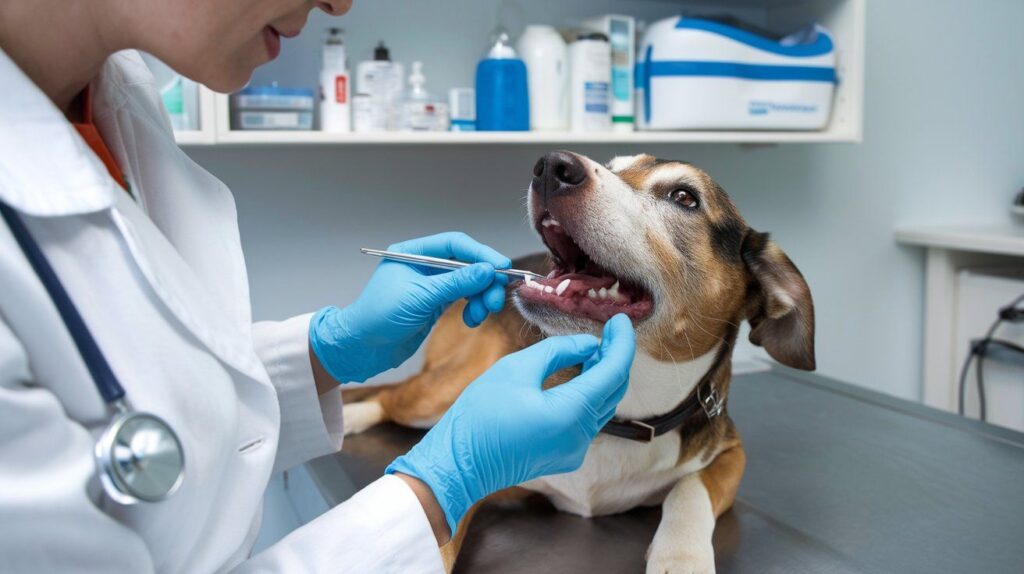
Alternatives to Chicken Necks
While chicken necks offer certain nutritional benefits for dogs, it’s essential to consider safer, alternative options that eliminate associated risks like choking and bacterial contamination. Here are some nutritious substitutes and additional options that support your dog’s health:
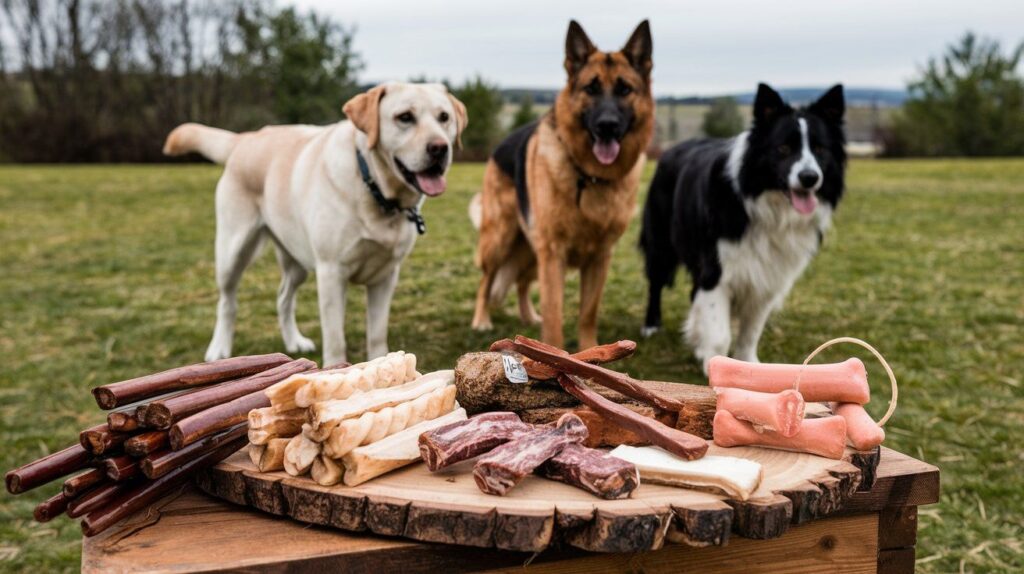
- Commercially Prepared Raw Bones: These are specially treated to reduce the risk of splintering and bacterial contamination, providing a safer alternative to raw chicken necks. They help maintain dental hygiene and offer a satisfying chew for dogs.
- Dental Chews and Treats: Many high-quality dog treats are designed for dental health, helping to reduce plaque and tartar build-up. These often include joint-supporting nutrients like glucosamine and chondroitin, similar to those found in chicken necks, enhancing joint health without the risks of raw bones.
- Synthetic Chew Toys: These durable toys are designed for long-lasting chew sessions, promoting mental stimulation while keeping your dog’s teeth clean without any dietary risks.
- Other Safe Edible Chews: Alternatives like bully sticks, beef tendons, and certain types of rawhide chews (supervised to prevent choking) offer similar benefits to chicken necks. These are generally safer when sourced from reputable brands and provide a satisfying chew experience.
- Vegetables and Fruits: Introducing raw vegetables and fruits like carrots or apple slices (without seeds) can be beneficial. These treats are low in fat, rich in vitamins and fiber, and can naturally help clean your dog’s teeth.
- Nutrient Supplements: For targeted nutritional support, especially joint health, consider vet-recommended supplements containing glucosamine and chondroitin. These supplements are formulated specifically for dogs, ensuring safety and efficacy.
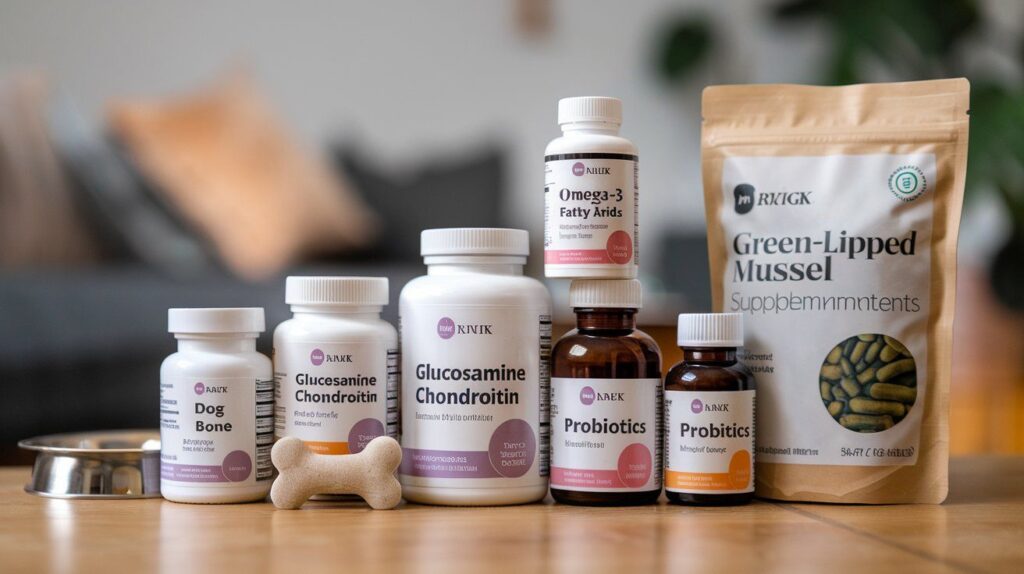
In addition to these alternatives, other raw food options like beef fat, beef kidney, and beef heart can be included in your dog’s diet. Raw beef fat should be given in moderation as it is high in calories and can contribute to weight gain if not balanced with regular exercise. Beef kidney and beef heart are rich in protein and essential nutrients, supporting muscle development and overall health. However, it’s crucial to introduce these foods gradually and under veterinary guidance to ensure they suit your dog’s specific dietary needs and to avoid potential digestive issues.
FAQ Section
Can dogs eat raw chicken necks?
Dogs can safely eat chicken necks if they are raw and properly prepared, ensuring they are fresh and stored correctly to minimize the risk of bacterial contamination. However, when it comes to freezer-burned meat, while not ideal, it can still be safe for dogs to consume if it has been stored safely and shows no signs of spoilage beyond superficial freezer burn. As with chicken necks, always supervise your dog to quickly address any issues like choking or difficulty chewing, and ensure that all meat, regardless of condition, is fresh and handled with care to prevent health risks.
What are the main risks of feeding chicken necks to dogs?
The primary risks include choking hazards, the potential for bone splinters, and bacterial infections like Salmonella. These risks can be mitigated by feeding only raw chicken necks, supervising your dog during mealtime, and ensuring the chicken necks are from a reputable source and stored correctly.
How often can I feed my dog chicken necks?
Chicken necks should be fed as a part of a balanced diet, which means they shouldn’t be separated from the size and size of your dog’s needs. Chains should be given once or twice a week as a treat.
Should chicken necks be cooked or raw?
Raw chicken necks are softer and generally safer for dogs to chew, provided they are clean and fresh. Cooking can cause the bones to become brittle and splinter easily, leading to severe injuries.
Can puppies eat chicken necks?
Puppies can eat chicken necks if they have reached an appropriate age to handle raw bones—typically around 12 weeks old. Supervising puppies closely is important because they are still learning to chew properly and are more susceptible to choking. Starting with smaller pieces can help them learn to chew thoroughly.
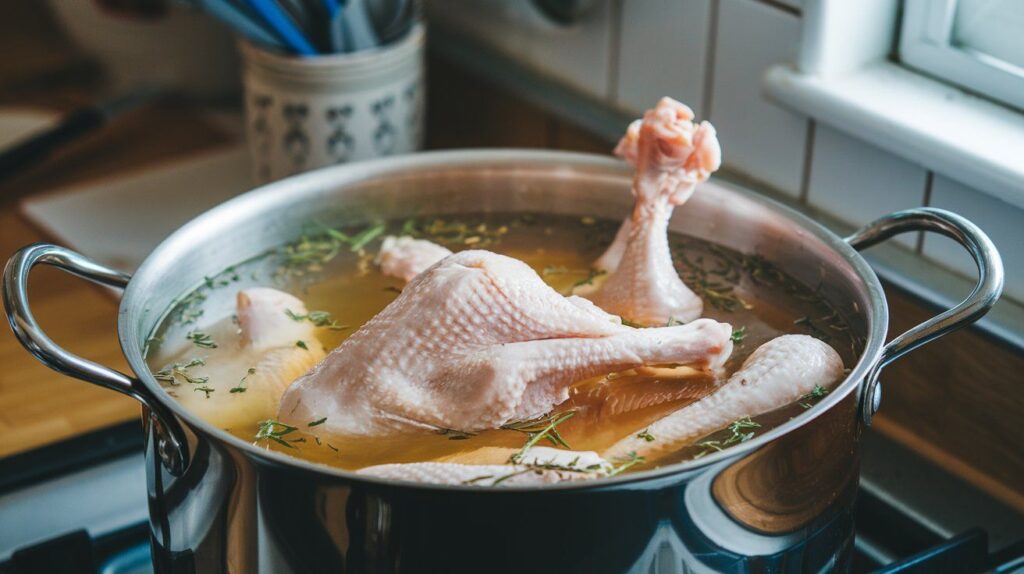
Conclusion
As we wrap up our comprehensive guide on whether dogs can eat chicken necks, it’s clear that while there are significant benefits to including chicken necks in your dog’s diet, there are dog’s important risks to consider. Chicken necks can offer a natural source of protein, calcium, and joint-supporting nutrients like glucosamine and chondroitin, making them a beneficial treat for your dog. However, the potential for choking, bone splinters, and bacterial contamination means they must be handled and fed with care.
For pet owners considering chicken necks as part of their dog’s diet, the critical points are:
- Always use raw, fresh chicken necks to avoid the dangers of brittle, cooked bones.
- Supervise your dog during feeding times to quickly intervene if they experience difficulty.
- Consult. Before introducing chicken necks, please consulter veterans to ensure they fit into a balanced, healthy diet plan.
Feeding your dog chicken neck can be a great way to enhance their diet with a natural and enjoyable treat, but it should always be done under the right conditions to ensure their safety and health. As with any dietary change, professional veterinary advice is invaluable. By taking the right precautions and staying informed, you can make the best choices for your furry friend’s nutritional well-being.

